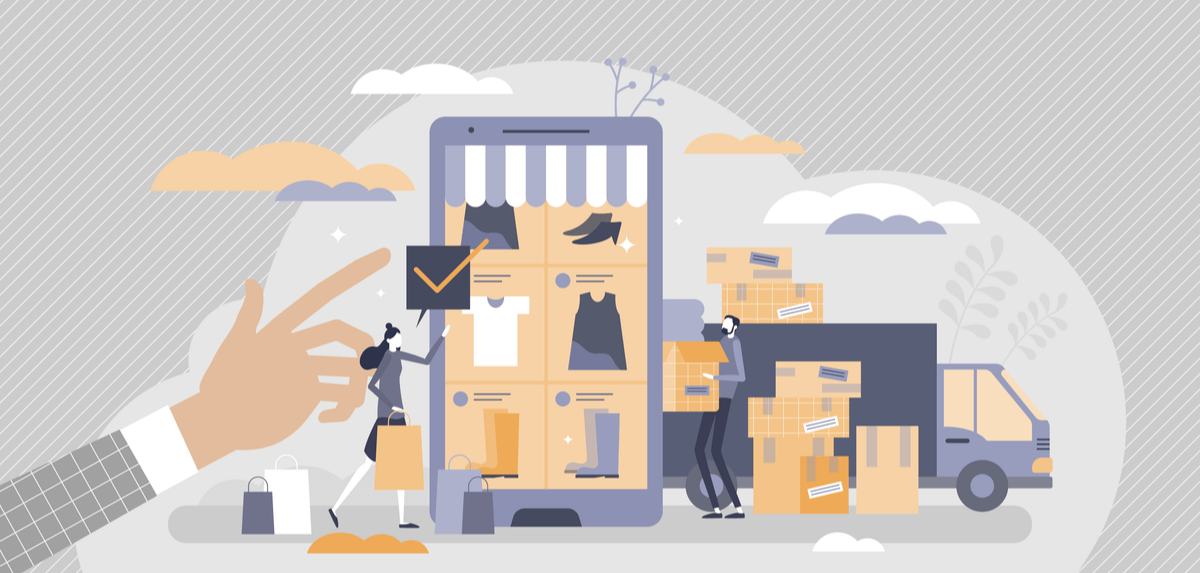Private labelling is a pretty simple concept and here we discuss the best products to private label on Amazon.
What is Private Labelling?
Private labelling is a pretty simple concept. You sell your own inventory and use your own packaging, but the items you’re selling are made by someone else. For example, the supermarket Tesco have private label goods in their Tesco Value and Tesco Finest ranges.
What’s really cool about private labelling is that you get a great product to sell, but don’t have to deal with all the fuss that goes along with brand name marketing costs.
It’s a lot more expensive to sell branded goods than your own brand and with the introduction on Amazon Brand Gating in September 2016, a lot more hassle. By selling your own brand with fewer costs, that translates into greater profits for you!
White labelling is different. A white label brand is a generic product is created by a manufacturer and distributed to multiple providers for rebranding.
Check out these great tips for Amazon product selection.
How to Do Private Labelling on Amazon Right
It seems like a quick and easy way to boost your profits, no? And it is — as long as you follow these simple rules first.
1. Be Patient
You’re creating a brand, and not just selling it, so the dividends are going to take a bit of time to reveal themselves.
It’s like buying stocks and bonds versus opening a lemonade stand: there’s more money in the former, but it’ll take some time and patience before you get to the big payday.
2. You’ll Need Capital
Along with patience and time, the other big ingredient you’ll need is money. It can take quite a bit of cash to buy products to convert into your own label, along with all the learning and knowledge you’ll have to acquire in the meantime.
The best bet is to find a private investor, but barring that, be prepared to put in the financial time to make it work.

3. Understand How Selling an Asset Works
Back in the old days of Amazon, you became a pro by selling under the Amazon umbrella. Things are going to change now, as your customer base will change, too.
But before you can advertise a full product line, you have to test the items first and a super-efficient way of doing that is with Amazon Sponsored Ads.
Every smart private labeller-retailer will tell you that a test drive is one of the most important parts of the process, especially when it comes to risk management.
4. Invest and Reinvest
The last important lesson successful private labeller-retailers will tell you is that in order for your brand to grow, it needs a steady diet of revenue.
It may be tempting to sink that cash into another aspect of your business, but ask yourself what’s more important: going out for a business lunch, or helping your eCommerce business grow?
Seller Tip: The Amazon Private Label Checklist is a handy resource that can help sellers analyse the numbers and see if they should proceed, before investing a significant amount of time and money into a product.
Identifying Profitable Products for Private Label on Amazon
Finding items for private label on Amazon can be broken down into three factors.
1. Find Items with the Highest Demand
Low sales rank and highly-ranked keywords are the two things you need.
2. Narrow Down to Items That Don’t Have a Lot of Competition
Why go up against more sellers than necessary? Narrow your focus down to the items that either contain few reviews (not many people have bought them) and/or have a low listing quality.
3. Finish Off with This Last Checklist
Once you’ve arrived at this step, there’s just a final small check-list to go through.
Look for items that are fairly light and durable (i.e. won’t break when shipped), can be used across the seasons, aren’t strongly identified with any one or two brands, and have a price that runs between a movie ticket and pair of shoes.
Related: 9 Ways To Get Amazon Product Reviews

Use the Right Formula to Find Private Label Items
Finding the items that’ll net you the most profit under a private label is a two-step process. Again, for simplicity’s sake, we’ve broken things down into just three steps.
1. Research the Right Product Ideas
We recommend using two methods of research to settle on product ideas.
Firstly, use the data that’s already out there, because why wouldn’t you want to capitalise on the work that others have already done? But you’ll also want to balance that out with your own subjective knowledge (aka your gut feeling) and business acumen.
2. Figure out if it Has a Ready Home
We’re going to borrow on some of the concepts in the first step here by telling you to look at how much competition that item has, how in-demand it is, how much profit it’ll bring in (revenue vs. cost), and if it’s affordable/light/durable/non-seasonal.
3. Confirm Your Earlier Work
If you approach this part like a science experiment in that the first two steps were your hypothesis and this part is where you set out to prove it (or prove another theory by incidentally finding new products for private label).
This is also the time where you’ll be crunching serious numbers, so don’t skimp on any work. If you’re not the numbers-and-figures type of person, find someone who is.
The end goal should be to come up with detailed sales estimates that are as accurate as possible, but ones that also identify in advance what the potential improvements can/could/should be (before they happen or before someone else, like a buyer with a negative review, points them out for you).

